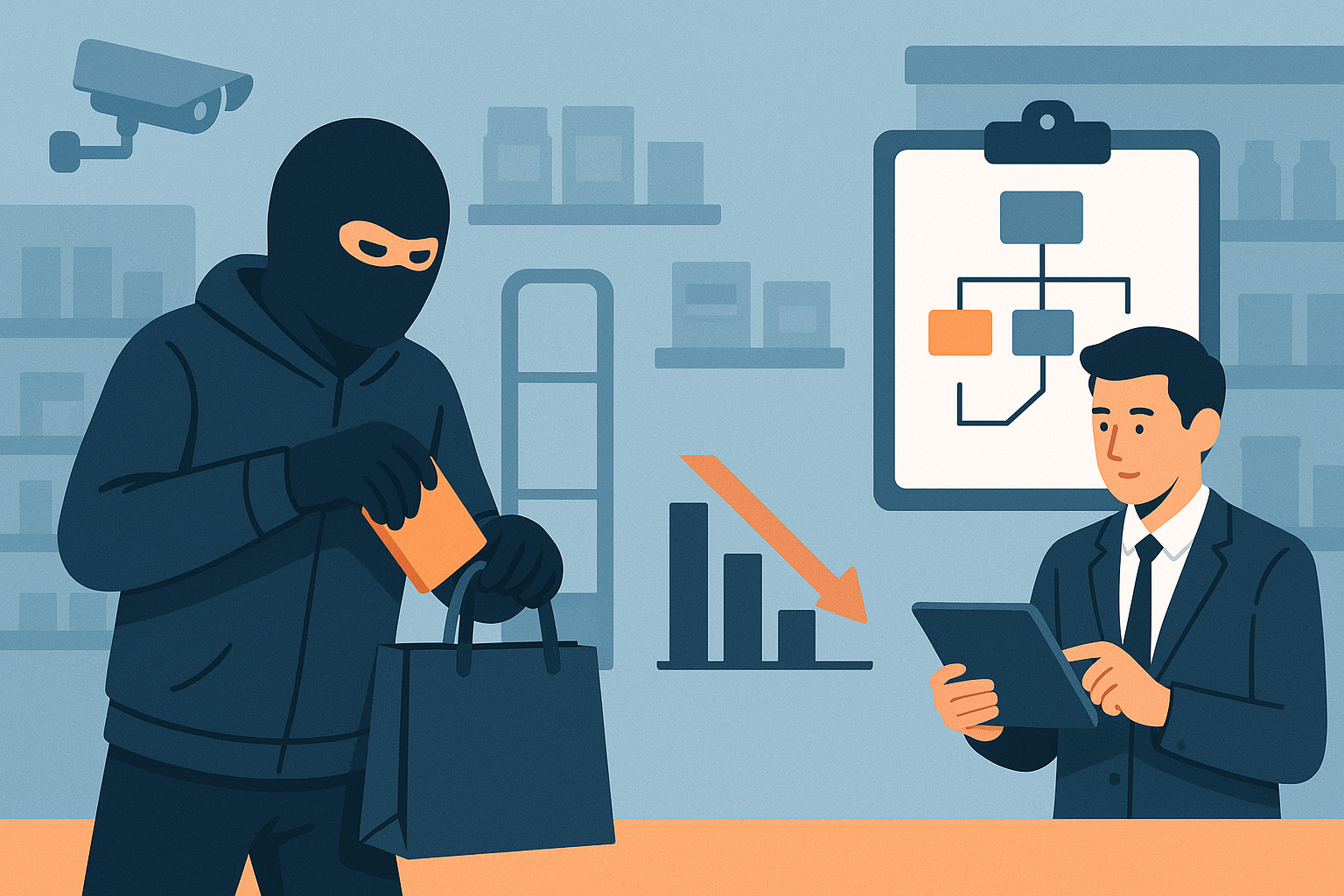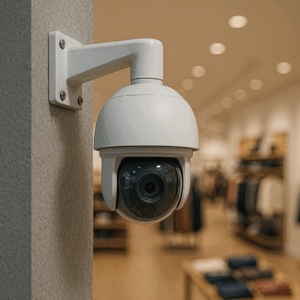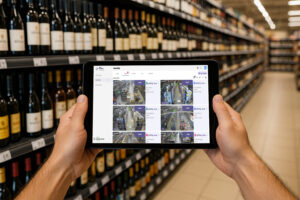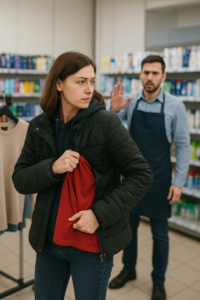🔍 A new era for loss prevention thanks to AI-based anti-shoplifting technology
Loss prevention is a key challenge for retail chain executives, particularly in the grocery, hardware, and pharmacy sectors. Faced with evolving shopping behaviours and the rise in shrinkage, traditional security solutions are showing their limitations. This is where suspicious gesture detection technology using artificial intelligence video analysis comes in—an innovative lever that transforms loss prevention into a proactive and intelligent approach. By analysing at-risk behaviours in real time via dedicated servers and AI algorithms, this solution detects anomalies.
This anti-shoplifting technology doesn't just detect confirmed acts of theft: it identifies ambiguous or recurring gestures associated with theft. This allows security teams to intervene more effectively, without disrupting the customer shopping experience. By targeting situations of interest, the detection optimises human resources and reduces losses.
For executives, this means better control over shrinkage-related losses and a return on investment thanks to automation. A technology that combines economic performance with operational efficiency.
📊 Streamlining internal processes and data-driven decision-making
Beyond security, suspicious gesture detection contributes to the overall streamlining of operations. By continuously collecting data, intelligent solutions like those offered by Oxania provide unprecedented visibility into in-store dynamics. Managers can then identify high-risk areas, adjust customer journeys, redeploy teams, and improve aisle layouts to reduce opportunities for theft.
This not only strengthens loss prevention but also optimises labour costs and refines merchandising strategies. Executives have concrete tools to make informed decisions based on real data, not on assumptions. The technology becomes a real asset in the daily management of stores.
This data-driven approach also makes it possible to establish more relevant security KPIs and track their evolution over time, ensuring agile and adaptive management of the prevention strategy.
🤝 An improved customer experience thanks to discreet and effective security
One of the major advantages of intelligent detection solutions lies in their discretion. Unlike intrusive methods, such as bag checks or constant surveillance by visible security guards, gesture analysis technology operates in the background. It enhances security without negatively affecting the store's atmosphere.
For retail chains that focus on customer loyalty, this is a major competitive advantage. By protecting assets without compromising the shopping experience, the solution avoids tension and inconvenience for customers, while maintaining constant vigilance over suspicious behaviours.
In short, security becomes an invisible yet essential component of the customer journey, supporting the brand image and contributing to a calm atmosphere.
🚀 Oxania: A strategic partner for retail decision-makers
Executives leading store networks know that reacting is no longer enough; they must anticipate. By integrating a solution like Oxania's, they equip themselves with a strategic tool capable of evolving their loss management model towards greater precision, agility, and intelligence.
Oxania combines technological expertise in computer vision with a thorough understanding of the challenges in retail, offering a solution tailored for the complex environments of supermarkets, pharmacies, and hardware stores. Easily integrated into existing systems, this technology adapts to the specific needs of each brand while guaranteeing measurable results.
Thanks to Oxania, anti-shoplifting technology becomes a true accelerator of operational performance, a valuable asset for streamlining resources, improving customer satisfaction, and securing long-term revenue.





